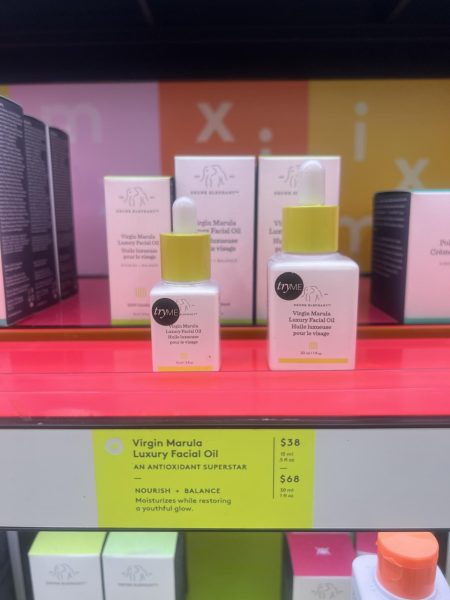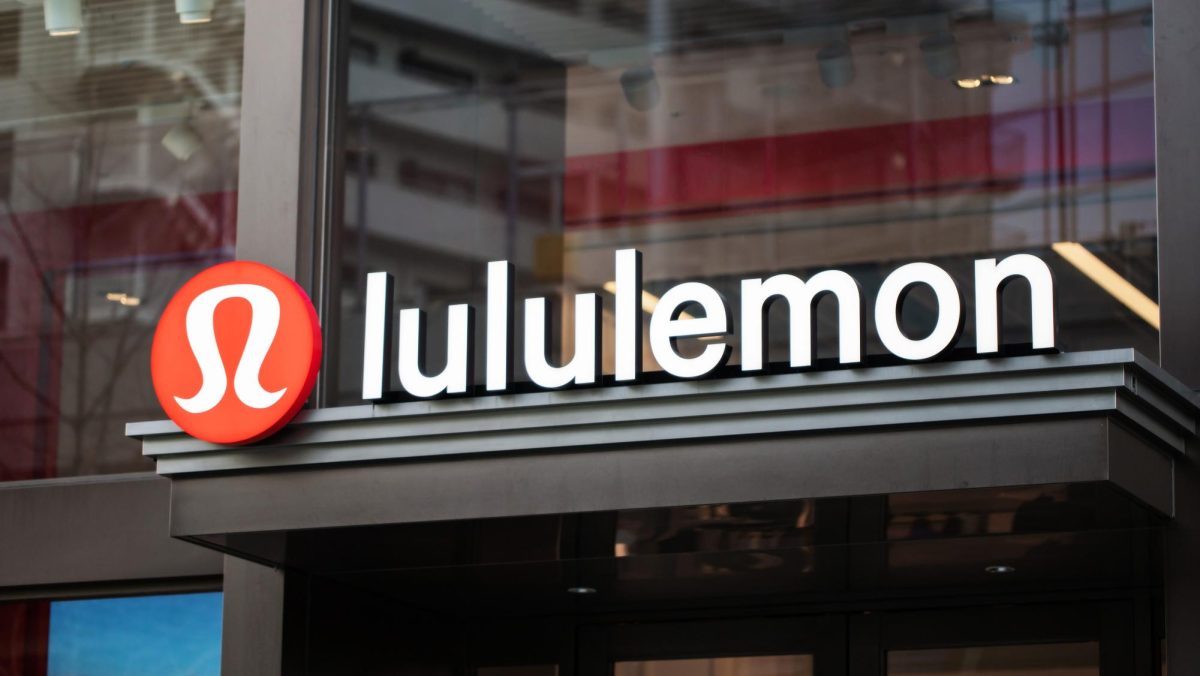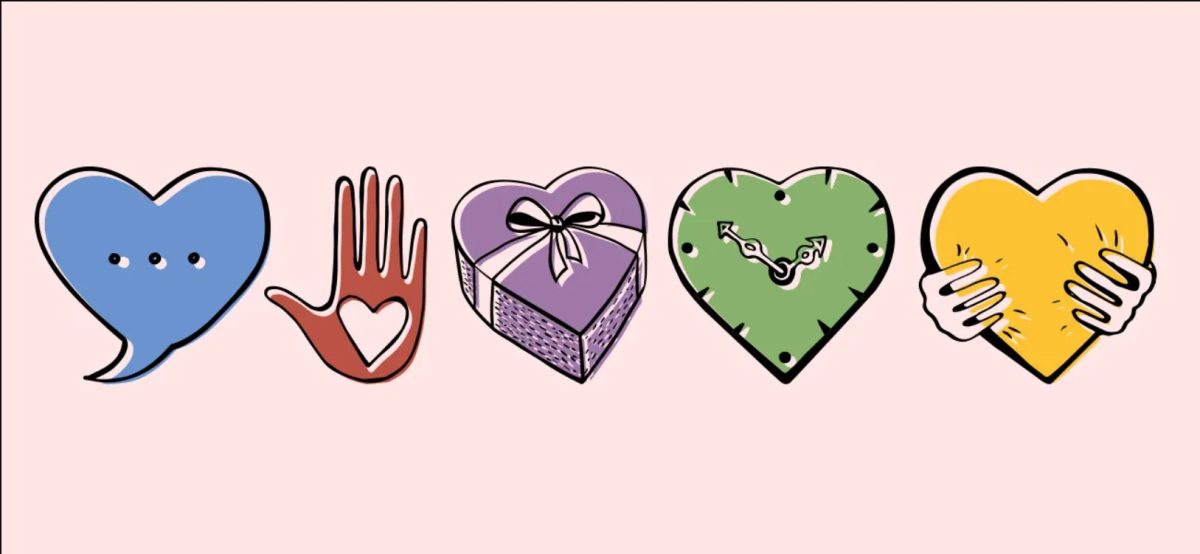Junior Laney Trepachko cannot go shopping without spending hundreds of dollars. Everywhere she walks, she feels like she needs to purchase a new lipstick or eyeliner.
Trepachko is not alone. Stores know how to manipulate their customers through product placement.
“In-store retail product placement is crucial to the success of any business,” according to the article “Retail Product Placement: How to Use Analytics Technology to Optimize Displays and Increase Sales”. “With hundreds of different brands competing for attention and recognition, shelf space is at a premium. The competition between new brands and established ones for this limited space is fierce.”
Product placement involves tapping into consumer psychology. The goal is to control a customer’s behavior from the moment they enter a store.
“Our brains are wired to respond to certain stimuli in a subconscious way, and product placement is designed to tap into these subconscious processes,” said author Chelsea Collins in her article “The Psychology of Product Placement and Brand Integration”.
When walking into a store, all the more luxurious and expensive items are in prime locations for people to see and purchase. This setup tricks people into buying items for a higher price instead of smaller priced items that are placed in harder to view areas.
Eye level is the buy level when shopping on any day. Stores know people are less likely to bend down or reach to higher shelves to buy what they need. cheaper items are relegated to those spots.
To get people to buy a certain product, consideration must be given to everything from where it is placed on a shelf to the colors of the packaging. This is established with a planogram or a diagram or model that designates the placement of retail products on shelves so sales are maximized.
Ever wonder why milk is always located in the back of a grocery store? That is done on purpose. It makes the customer walk past other items, and stores hope that people will grab a few products that they did not even have on their list.
There are many tricks people fall into when making purchases. In addition to eye level placement, block placement also plays a part.
Block placement is noticeable how different groups of products like self care items are in one aisle while the next is health. For example, conditioners are always located next to their shampoo counterparts. This also applies to other parts of the store like placing batteries next to electronic toys that will require them.
“Brands and manufacturers are often willing to devote up to 50% of their promotional budgets on securing featured display space, including eye level shelf placement,” CIO of T-ROC Eduardo M. Santaella said. “This is the most coveted shelf placement in a store and also the most difficult to secure.”
When shopping, packaging means more than people might think, and manufacturers rely on color theory. Seeing bright colors pop out attracts shoppers into purchasing a particular product as compared to a different brand with a neutral packaging a few feet away.
“Usually when I walk into a makeup store like Ulta or Sephora, I like to go to brands like Charlotte Tilbury or if it’s a cheaper Elf.,” junior Ava Gorny said.”Those brands stand out to me more because of their packaging which is glowy and has a pop of color.”
Even when approaching the register, the shopping manipulation is not finished. This is where stores place impulse buys that people tend to fall for. Appealing items like chocolate bars, keychains and gum tempt people into spending more money.
According to “Why Stores Put Candy and Soda Near the Register” by Nathaniel Meyersohn, “Your decision to grab that gum may have been spontaneous, but the plan to entice you in the checkout lane was carefully crafted. It pays off for stores and brands, as shoppers spent $6 billion in the checkout area at stores last year, according to market research firm IRI.”
An employee from a well known store like Target sees firsthand how product placement increases sales.
“If the product is in the right place, I notice more that the item gets bought,” Target employee senior Katlyn Schinke said. “Product placement is more important than many may see.”






